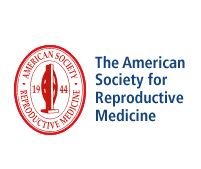Predicting poor ovarian response using a multifactorial genetic model. IB research for the American Fertility Conference (ASRM 2013)
Women are born with a limited number of oocytes that are gradually used up with each menstruation until their complete depletion in menopause.
A woman is considered to have a low ovarian reserve when she has a significantly reduced number of her oocytes due to age or other factors (such as genetics) that have accelerated the ovarian reserve depletion process. These oocytes also usually respond inefficiently to the hormones responsible for their development and maturation.
In the study presented to the American Fertility Conference (ASRM 2013), we analysed different polymorphisms, meaning genetic variants categorized as normal but recently proven to be predisposed to developing low ovarian reserve.
In addition to the study, we designed a mathematical model that allows us to predict premature ovarian failure in advance. If we determine that a patient has a genetic polymorphism in its genome, we can know the probability of premature depletion of the ovarian reserve.
This predictive model allows women to plan their maternity since they can find out their chances of developing premature ovarian failure at an early age and take measures such as anticipating maternity or freezing their oocytes to be used in the future.
See the low ovarian reserve unit
See the “research and development” section









